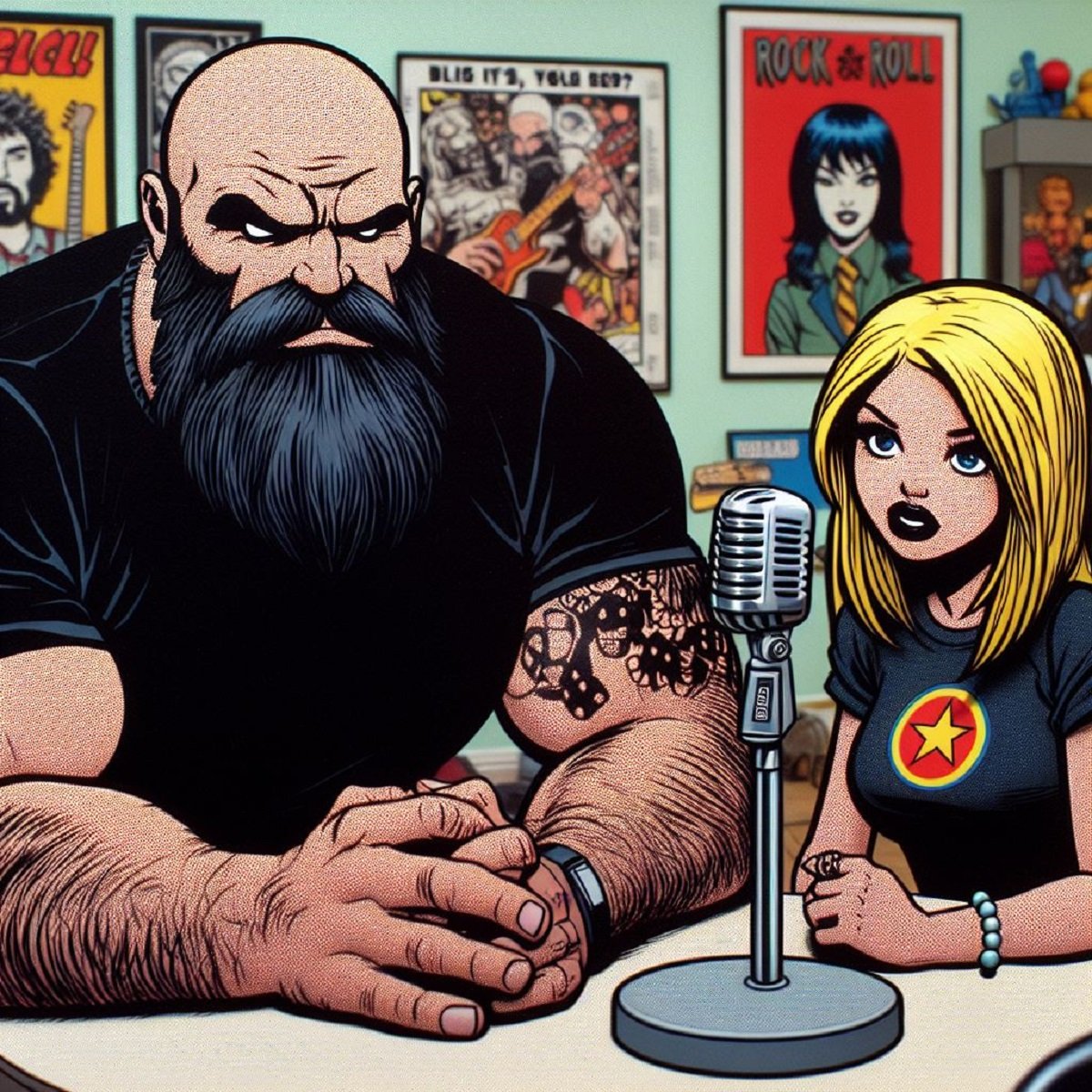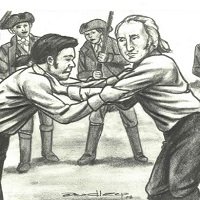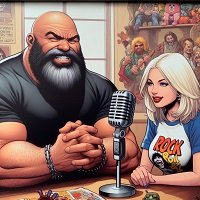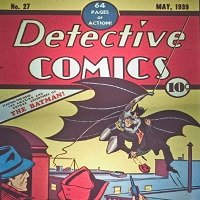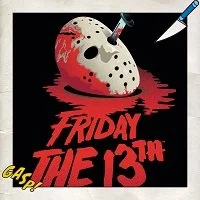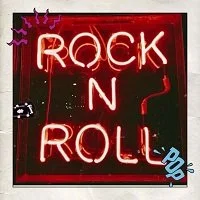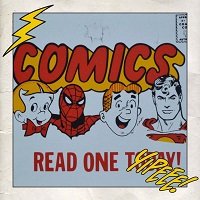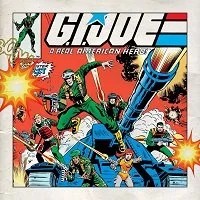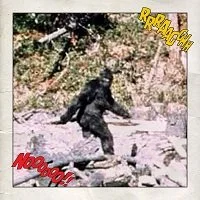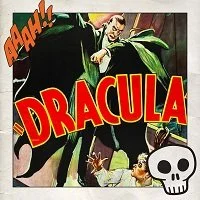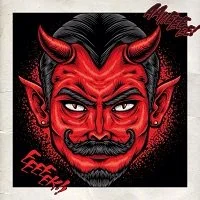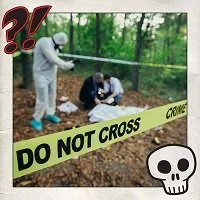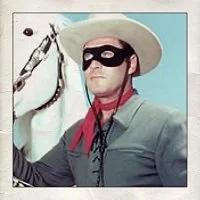The Outer Limits #5 (Dell Comics) Comic Book Review
By Joseph Perry (@JosephWPerryJWP; tastethemilkofchocula.blogspot.com)
For as innovative as its initial television run from 1963–1965 was, the groundbreaking science-fiction television series The Outer Limits suffered quite a bit in its Dell Comics adaptations. In this review, I’ll look at issue number 5 (January 1965), which contains a full-length, 30-page story about a trio of young boys attempting to save the world from an alien plan to take over the world.
Dell Comics was well-known for its myriad film and television adaptations. Young comic book readers who grew up in the 1960s and early 1970s (the company ceased publishing in 1974) — and certainly those who were kids in decades before — could choose titles about their cartoon and live-action favorites, from westerns to comedy, adventure, and beyond. The adaptations were not always faithful to their source material, though.
A problem with issue five of The Outer Limits is that it obviously caters — perhaps panders is a better word — to pre-adolescent and adolescent boys, which was probably not an unwise move for a target comic-book audience of the time. Any hope of attracting readers above that age level, however, would be lost, I assume, when fans of the television series took a glance through the pages of the comic book and found this simplistic tale of precocious young teens who could not only out think but also out muscle alien invaders. It was fun fare for the younger set, though!
The story opens with the imminent countdown of “America’s most daring space missile” and the nearby adventures of a trio of young teenage friends: Peter, Andy, and Fred. Peter’s father, Professor Norton, happens to be one of the head scientists at the missile base, which will prove to be very convenient later in the story. As the base prepares the missile, the boys launch model rockets, one of which strikes a flying saucer that passes overhead and causes it to crash. The boys, being scientifically curious sorts, investigate the crash scene and find a living alien on board.
The Outer Limits was a successful TV show that crossed over to dell comics.
The alien turns out to be Frild, who is a deserter in his planet’s attacking forces. The bad guys have their sights set on having the United States and Russia launch missiles at each other without either country knowing that aliens were involved. After the chaos that would ensue, the alien attackers would be able to take over Earth.
Thankfully the intrepid spirit of the three young friends, Professor Norton’s position at the missile base, and Frild’s insider knowledge of the attack plan are in play to fight off the attackers. I won’t give away spoilers for the ending, though I will say even though it is lighter than the finale of the average The Outer Limits television episode, it does have an element that is bit less “happy ending” than most children’s comic books of the time.
Written by Paul S. Newman, the story is light-hearted fun that isn’t exactly overflowing with new ideas. Most seasoned science fiction fans have seen these story elements before. Keep in mind, though, that the content was probably pretty fresh for young comic book readers of 1965 — or perhaps more of what they couldn’t get enough of — and the story is chock full of fantasy wish-fulfillment for the book’s target age. For a 32-page story (not counting inside or outside covers) of that era, the story has a rather nice pace to it and doesn’t get bogged down.
Jack Sparling was a great artist whose work on various horror, licensed, and many mainstream comics is regaurded as some of the best of the era.
Jack Sparling’s art is a lot of fun, with many panels crackling with action and energy — including numerous explosions. My only complaint about the art is that these are some of the least imaginatively designed aliens I have ever see. They are minimally realized: green with egg-shaped heads, and simplistic geometric shapes for facial features. For as good as Sparling’s art is for the most part in this issue, the alien attackers look almost like an afterthought.
Keeping in mind that Dell’s The Outer Limits #5 was meant to capture the hearts, imaginations, of coins of younger mid-1960s comic book readers, it’s a simplistic but fun quick read that packs a fair share of Cold War–era sci-fi nostalgia. As I said before, just know going into it that it isn’t as cerebral as the TV series.
Joseph Perry is one of the hosts of When It Was Cool’s exclusive Uphill Both Ways podcast (whenitwascool.com/up-hill-both-ways-podcast/) and Gruesome Magazine’s Decades of Horror: The Classic Era podcast (decadesofhorror.com/category/classicera/)
He also writes for the retro pop culture website That’s Not Current (thatsnotcurrent.com), the Gruesome Magazine horror movie website (gruesomemagazine.com), and several other print and online film critique and pop culture magazines.
If you found this article interesting consider becoming a Patreon supporter. That is how When It Was Cool keeps our website and podcasts online, plus you get lots of bonus content including extra and extended podcasts, articles, digital comics, ebooks, and much more. Check out our Patreon Page to see what's up!
If you don't want to use Patreon but still want to support When It Was Cool then how about a one time $5 PayPal donation? Thank you!
